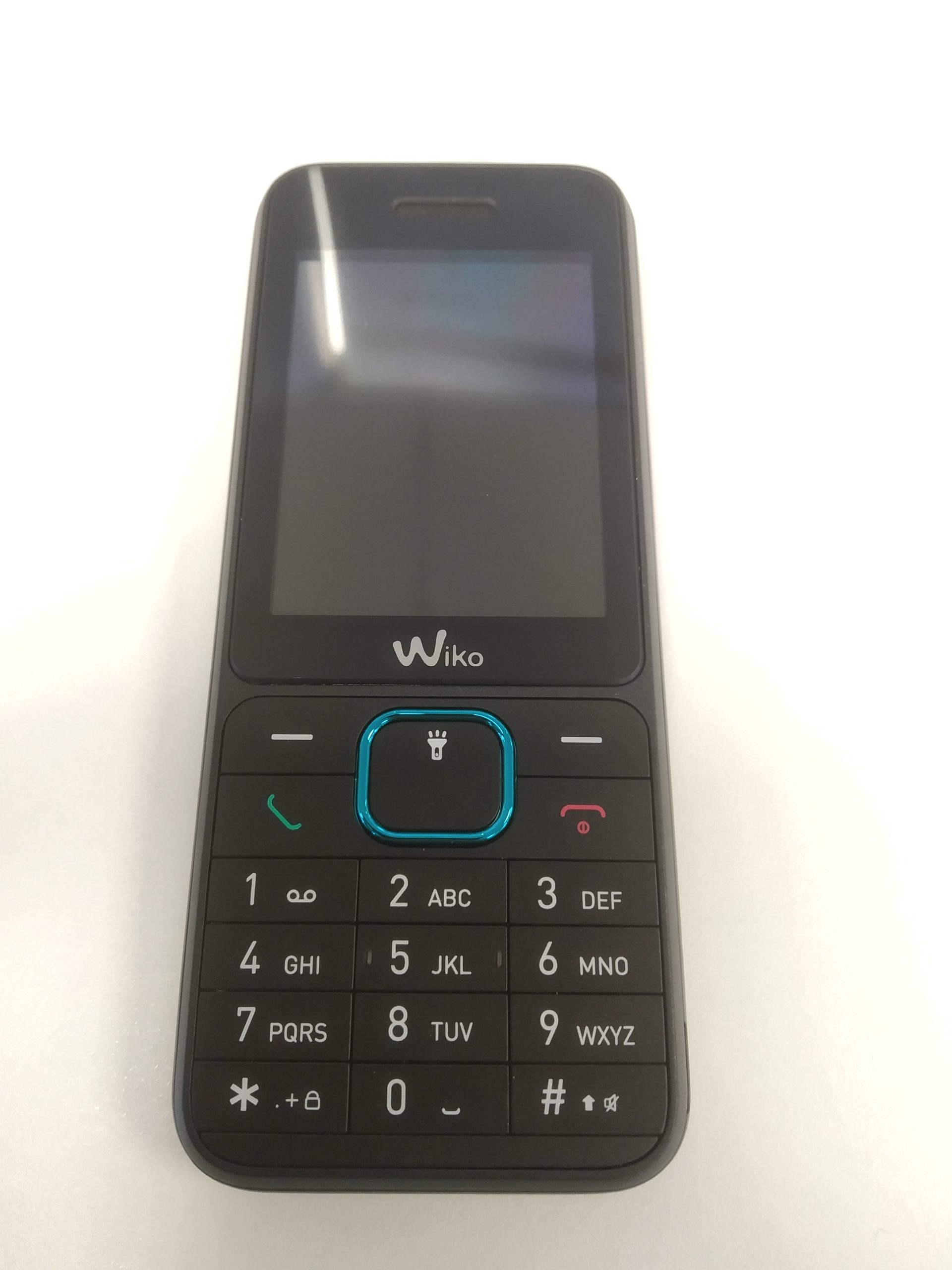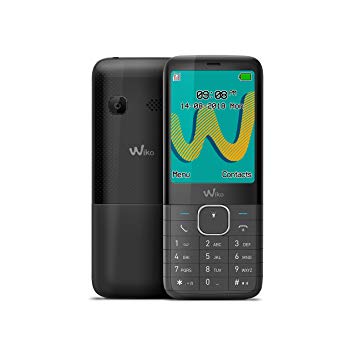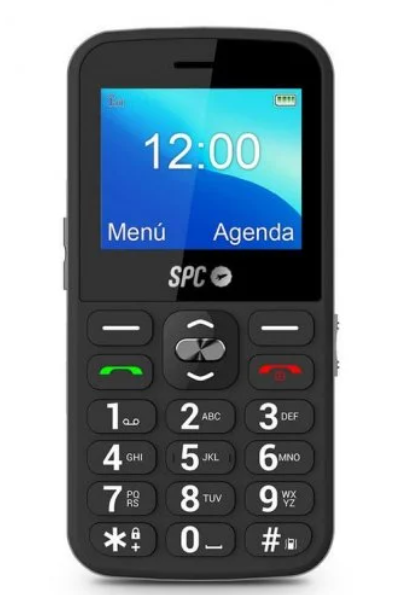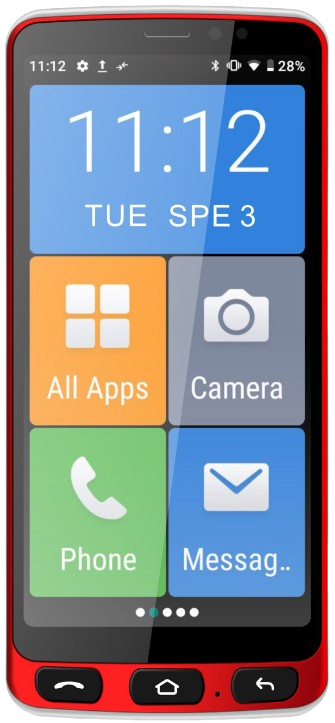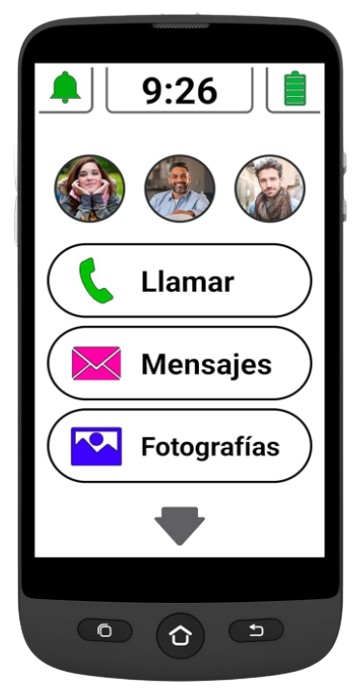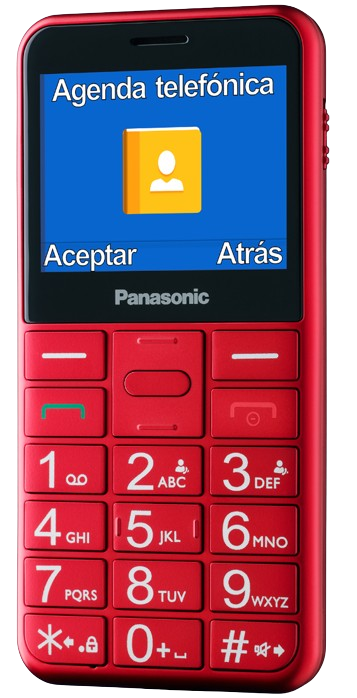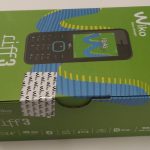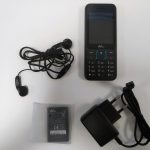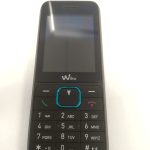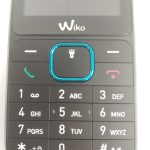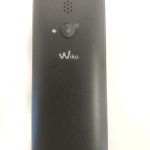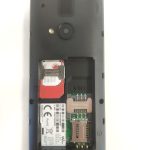September 2019
The Wiko Riff 3 phone is a terminal that due to its low cost and some of its functionalities has been positioning itself as a terminal in common use among older people. This does not mean that it has been designed fundamentally for that group, so it has some shortcomings in some aspects. In either case, its price / quality / performance ratio makes it a very interesting option.
The first thing we have found when trying to place the SIM card is that, due to its design, it is quite difficult to open the back cover to place the SIM and the battery.
The phone is dual SIM, that is, there are slots to place 2 different SIM cards in case we want to use different operators or use an additional SIM for when we travel to other places.
Buttons and physical appearance
The terminal has a numeric keypad with not excessively large keys, with good contrast and very low separation between the different buttons.
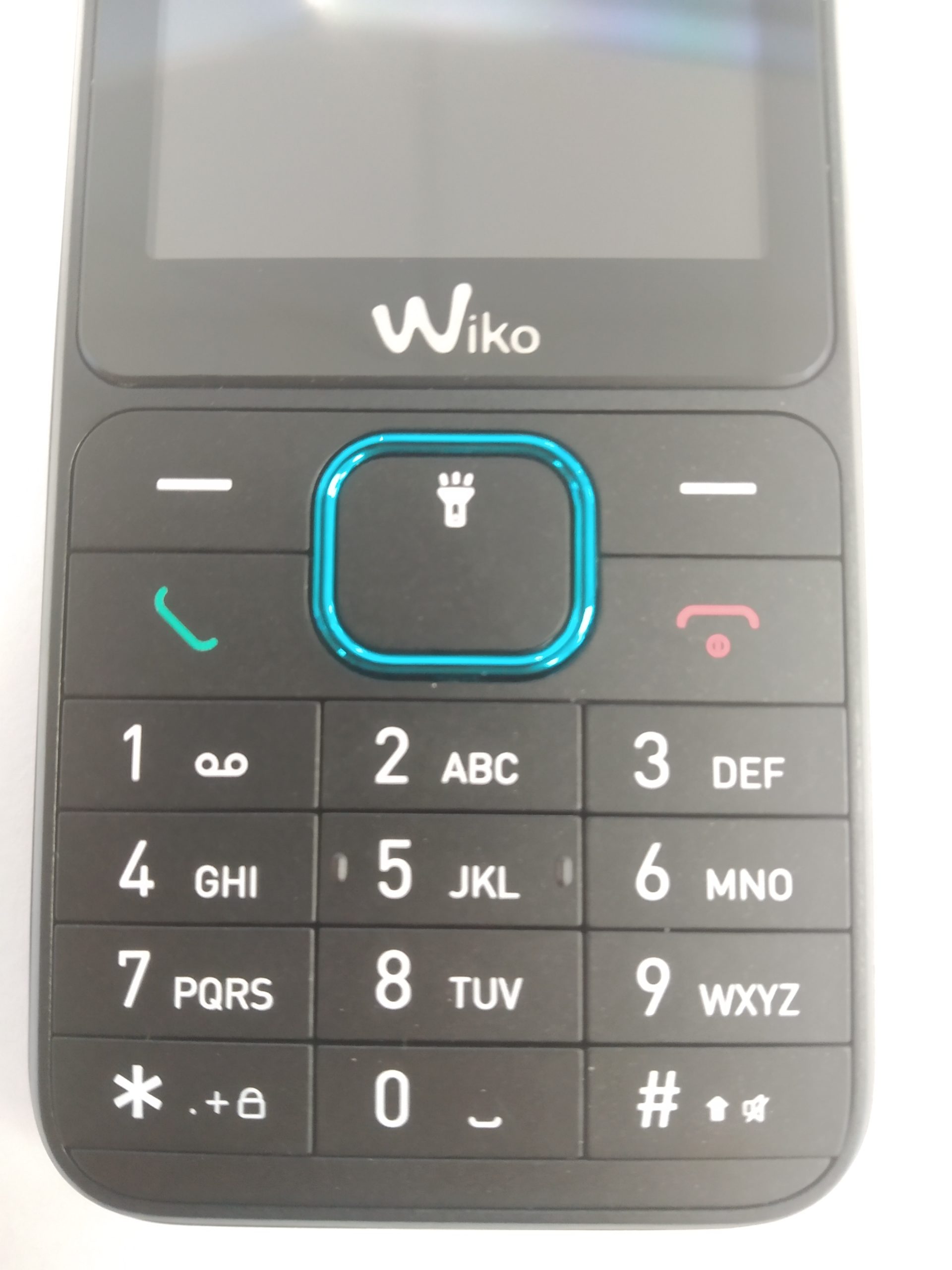
There is no side volume button or keys dedicated to memorizing frequent numbers.
The phone has a sturdy build and a fairly practical size including a mid-size (2,4-inch) color screen.
Menu and texts
Despite the fact that the menus have small texts and that the font size is not configurable, we liked the menu format in the form of a list of this phone. The fact of presenting the menus in the form of a list means that at a first glance you can have all the possible options of that menu on the screen and simply scroll through them up or down.
Despite what has been said about the menu, some operations such as entering contacts in the phonebook can be complicated.
SOS button
The terminal does not have an SOS button for the notification of emergency situations.
Calls and SMS
Calls have an acceptable maximum volume, but to be able to select this maximum it is necessary to enter the menu during the course of a call and turn it up.
With this we come to the controversial situation that occurs in some of the terminals that do not incorporate a side volume button and that is that the volume ends up being configured differently depending on the functionality that is being used. In this case, if you use the radio, you raise and lower the volume with the * and # keys, and when you are in call mode you must access the volume settings menu and raise or lower it with the cursor. This complicates the phone less understandable since there is not the same way to perform the same operation.
Sending SMS with this phone model is simple.
Camera
The camera allows use for photos and video, but both without great resolution. To use the video, it is necessary to have an SD card for storage.
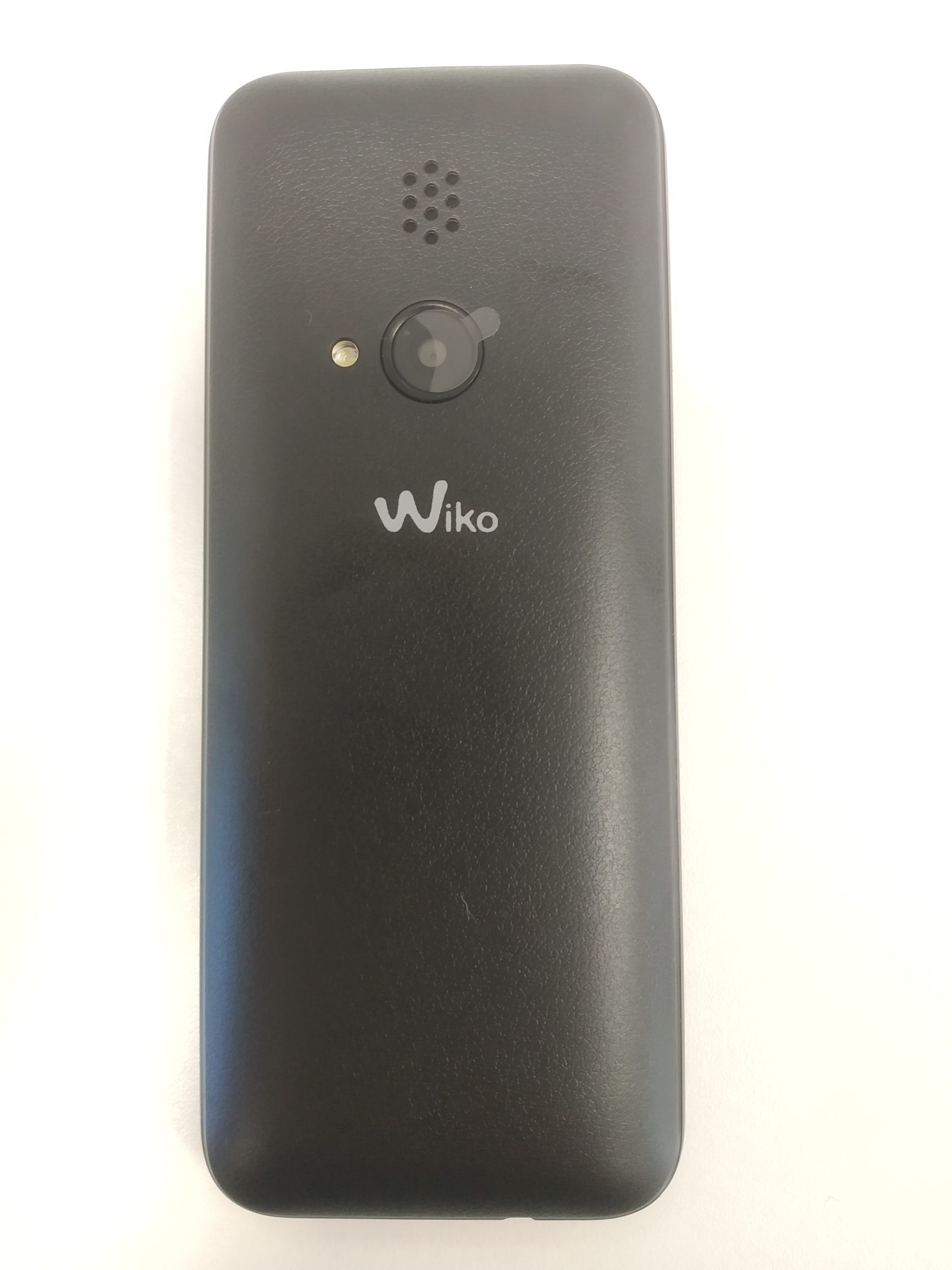
Manual
The product includes a very short manual with small print inside the box.
FM radio and audio playback
The phone has a headphone jack type audio output.
The radio sounds and tunes well. There is the possibility of listening to the radio without having to connect headphones through the loudspeaker. On radio and audio playback the volume is controlled with the * and # keys.
In addition, there is an easily locatable option to turn it off, something complicated in other models of terminals for the elderly.
Charging base
The phone does not have a charging base, but instead has a micro USB charger
Battery
The battery has a very high autonomy reaching 160 hours in standby and 5,5 hours in continuous use on call.
Additional storage
It has a micro SD card slot of up to 32 GB.
Connectivity
The phone has Dual SIM for the use of two different SIM cards.
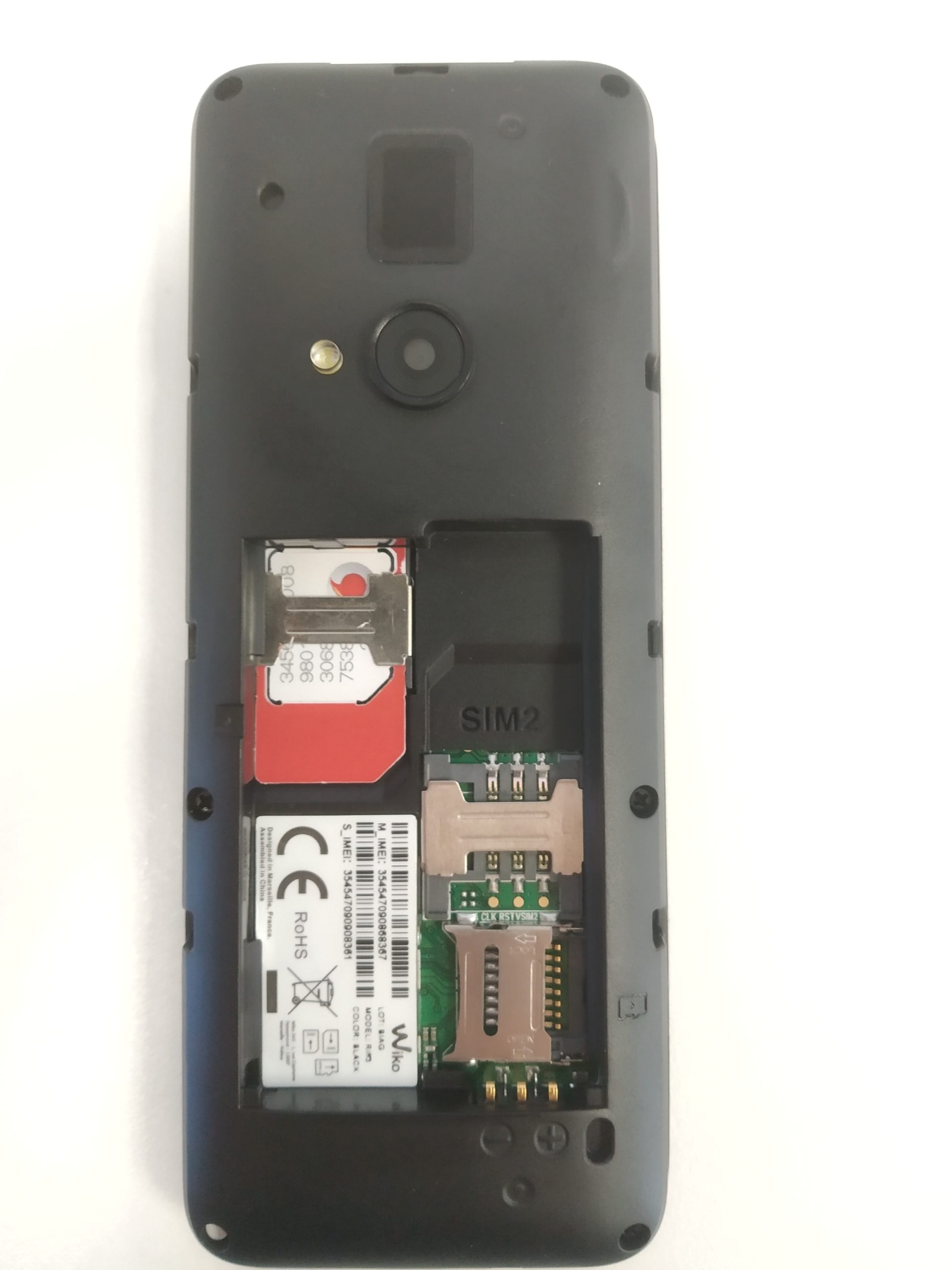
It has Bluetooth 2.1 and USB port.
Flashlight, calendar, alarm
The phone has an LED flashlight that can be activated via a dedicated button.
Both the flashlight functionality as well as the alarm and calendar are grouped in the "organizer" menu and generally do not present much complexity.
Games
The phone has the ability to install games, but all of them are paid for about € 1,45 via SMS.
Accessibility
One of the aspects that could be improved is the size of the font and its contrast in some menus.
It does not have a screen reader.
It does not have HAC hearing aid compatibility.
Conclusion
The Wiko Riff3 phone is an interesting option for those with a low budget who are looking for a terminal with a great battery life and a numeric keypad. The phone may be suitable for those older with less impaired cognitive and sensory functions, but some well-established options are lacking in terminals for the elderly, such as the SOS button or the charging station.
Highlights
- The autonomy of the battery allows it to be used for a long period of time without recharging it
- Menus in list format are more intuitive than sub menus on other phones
- The price / quality / performance ratio makes it a terminal to consider
Improvement points
- The font size is small and not configurable
- Some useful peripherals and functionalities are missing for the elderly, such as the charging base or the SOS button
- There is no side button for volume control
